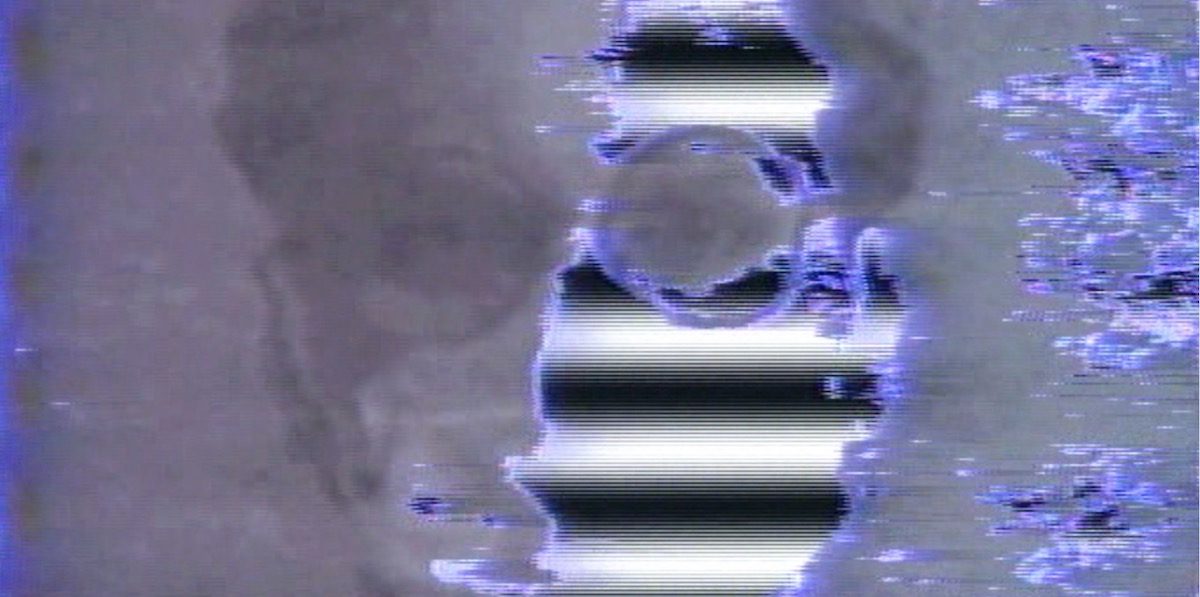Julie Becker, Heidi Bucher, Catherine Chalmers, Jake & Dinos Chapman, Larry Clark, Mat Collishaw, Ori Gersht, Barbara Hammer, Harold Offeh, Michal Rovner and David Wojnarowicz & Ben Neill
The year is 2001, and the world is shrouded in distrust and antipathy. The catastrophic events of 9/11 demonstrate the susceptibility of perceived superpower nations, generating political tension worldwide and culminating in unnecessary conflict and dissension, affecting millions globally. These tears in the civic fabric result in a state of extreme vulnerability and distrust. However, if we look to recent history, we see that this sense of unease and anxiety has existed previously, although perhaps less writ large, hidden in marginal communities and in the depths of our psyches. By presenting artworks predating 2001, In the Shadow of Forward Motion poses a question: Do these works act to forebode this rupture and the resulting sense of vulnerability, or do they reveal it as integral to the human experience, universal – in some way – to all?
As Judith Butler argues in her lecture ‘Rethinking Vulnerability and Resistance’ (delivered in 2014), ‘vulnerability, understood as a deliberate exposure to power, is a part of the very meaning of political resistance as an embodied enactment’. Can we control and utilise feeling exposed, or must we accept it as passive victims? If the power dynamic between those who are vulnerable and those who pose a threat is dependent on a lack of choice, can active ownership of exposure destabilise it? The works in this exhibition welcome this alternative reading of vulnerability, embracing the idea that, rather than a weakness to be hidden, it could serve as a tool of empowerment.
The artists included all delve, in some way, into the underpinnings of vulnerability; unease, discomfort and precarity. Through her ‘skinnings’ of buildings and objects, Heidi Bucher addresses these issues at the closest and most habitual level – the corporeal. Trying to understand the complex relationship between space, objects, her body and memories, she created visceral poetic sculptures of latex and rubber – both fragile and fleeting, and at the same time palpably physiological and tangible.
Similar to Bucher’s exploration of the volatility of memory, Ori Gersht’s work Bookmarks from Afterwars Series 1998, Sarajevo (1998) speaks to the connection between what is solid and our transitory bodies. Clearly referencing the Bosnian War, the work is evocative of displacement and trauma. By showcasing the enduring objects that remain when life is forced elsewhere, we understand the body as ephemeral. Nevertheless, our legacy can exist beyond the realms and constraints of vulnerability.
Jake and Dinos Chapman’s Hell Hole (1999) and Two Faced Cunt (1997) tackle war, horror and the visceral on a more shocking register. Through their distorted and ridiculous lenses, these works jolt the viewer to confront the nagging fears that relate to death, sexuality and commodification, challenging what is socially acceptable.
In a connected yet distinct way, Harold Offeh’s short video works flout social conventions and codes of behaviour, leaving the viewer uneasy. The piece Smile (2001) may last less than three minutes, but Offeh’s extended eye contact with the camera and borderline grimace makes it feel far longer, resulting in a largely uncomfortable experience for the viewer.
Arguably, the notion of vulnerability of the self is a timeless and universal feature, existing in many forms, across the social spectrum. One could be made vulnerable on an internal, emotional level; on a physical level, through a threat to the body; on a societal level, impacted by prejudice and discrimination; or on a broader political scale, through the effects of economic recession, war or civil unrest. Across these definitions, it is collectively experienced and shared. The works included feature an embodiment of vulnerability intended to challenge the viewer, prompting them to explore their relationship to their own vulnerability. Fundamentally, if vulnerability is a concept that transcends both temporality and spatiality, can it be celebrated if we harness and reclaim it, transforming it into something empowering?
In the Shadow of Forward Motion is curated by students from MA Culture, Criticism and Curation at Central St Martins; MA Curating and Collections at Chelsea College of Art; and MA Film Programming and Curating at Birkbeck. Combining a cross section of international curatorial perspectives, the participating curators are: Nicole Atkinson, Yingying Chen, Dmitry Frolov, Marco Galvan, Lucija Šutej, and Shalini Anne Rajasegaran.
| Duration | 17 January 2019 - 24 February 2019 |
| Times | Thursday – Sunday 12–6pm |
| Cost | Free |
| Venue | Zabludowicz Collection |
| Address | 176 Prince of Wales Road, London, NW5 3PT |
| Contact | / info@zabludowiczcollection.com / www.zabludowiczcollection.com |

